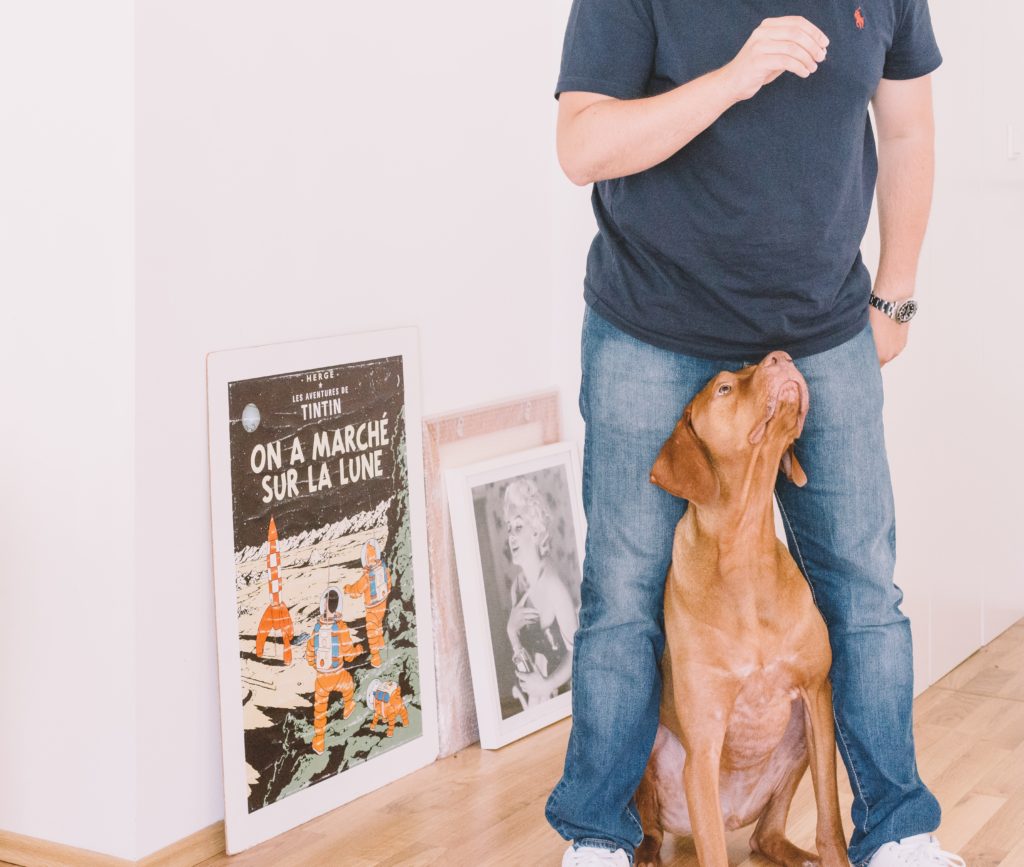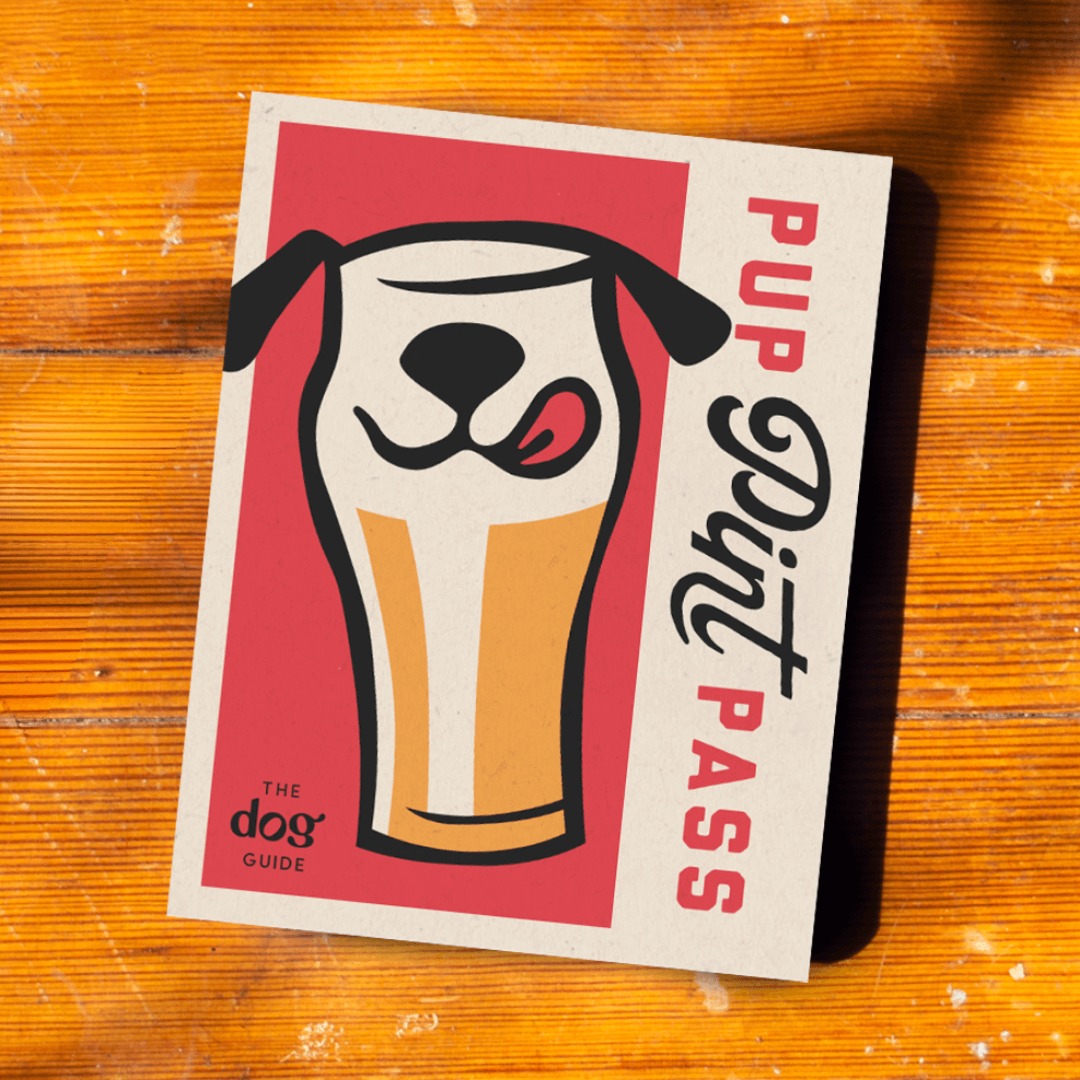
“My dog is stubborn!” Have you heard that? Have you even said it? Well, most likely, this is NOT true. There is a very good reason why your dog isn’t listening to you when you’d like.
You’re confusing
Everything from your body language to your verbal cues is throwing your dog off.
Your dog is LOOKING at you for clues and cues more than listening to you. Dogs mostly communicate via body language when communicating with other dogs and you, too. Ever tried getting your dog to stay and while you were backing up, he just kept getting up? Well, did you take into account that while you’re backing up, you’re also bent over as if you were asking him to come? Or maybe you keep your hand up while training, but when it’s time to do the stay outside of a training session, you put your hand down? No wonder he keeps breaking the stay! He learned he’s supposed to stay as long as he sees the hand up.
Our words are confusing too. We have access to a whole thesaurus of synonyms, but our dogs don’t. Our dogs don’t know the difference between “sit” and “sit down”, or “come” and “come here”, or “down” and “off”. We tend to switch our words around when we’re frustrated which only confuses our dogs even more. Remember the cue you used in training and be sure to stick to that exact word or phrase.
You haven’t practiced enough
Dogs are very contextual learners. They take every little thing in their environment as part of the training. If something changes, it could confuse your dog. I once trained a puppy to sit in the kitchen at my house. He picked it up like a champ! Then, I moved to the living room which is just one room over (we could even still see the kitchen!) during the same training session and the puppy was super confused.
This becomes very obvious when you only practice and train at home and then try to get your dog to do the same behaviors at a friend’s house or class or the park. We think that since we have seen our dog do something before he knows how to do it in every situation. Not true!
Think about it: You have asked your puppy to sit hundreds of times at home. It’s easy! Then you go somewhere new and he acts like he’s never heard the word “Sit” before. Well, he hasn’t! Not in that context.
Luckily, a little bit of re-training in this new space is all it takes. Just have patience, go back to square one, practice a few times, and the light bulb will go off for your pup.
You made things too difficult too quickly
We are greedy trainers. When our dogs are picking something up easily and doing well, we want to capitalize on the progress and continue to make things harder. But, like us, this can frustrate your puppy and make him shut down.
Clients call me to help them with pretty advanced behaviors like stay while guests come into the home. We work and work and the dog gets really good and we’re making great progress. The dog can hold the stay while food gets put down, or while toys are being tossed across the room, or we open the front door. But then clients get frustrated when the dog can’t hold the stay when a guest comes in. Well, we are still missing some steps in between the front door opening and the guest coming in. Like, the doorbell and the fact that a new face is coming in through the door.
We often work our dogs to a college freshman level then try to go straight for the Ph.D. When advancing behaviors, it’s important to climb all the ladders of distraction. Your dog does a down well at home, but can’t do it at a busy park? How about you practice at a dog-friendly store. It’s still busier than your home but not as distracting as the park.
You don’t have the right motivation
Every dog has a different idea of what is highly motivating. Some dogs prefer toys over treats. Some dogs prefer peanut butter over beef. It’s our job to figure out what our dogs like and what our dogs love and use those rewards accordingly. We need a ladder of motivation. Use the rewards your dog likes for your usual training session and use the higher value ones when you increase the distraction level.
Now that you’ve picked up some tips, your next training session should be a little smoother!
Read more dog-friendly parenting posts here:
A Pet Owner’s Guide to Divorce: Who Gets The Dog?
Should I Bring My Dog? | Choosing the Best Adventures for Fido


